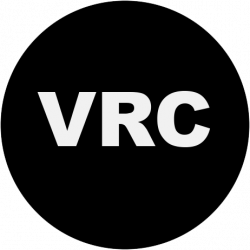A recent blog post from the Chronicle of Higher Education discusses the differences between social networking sites Facebook and Google+, and some of the potential uses for Google+ in the classroom:
Facebook does allow some selective sharing, but doing so is difficult to comprehend. As a result, many professors have decided to reserve Facebook for personal communications rather than use it for teaching and research… In Google Plus, users can assign each new contact to a “circle” and can create as many circles as they like. Each time they post an update, they can easily select which circles get to see it.
See also an article from journalism professor Jeremy Littau on “Why Lehigh (and every other) University needs to be on Gplus. Now.” His explanation includes a plan to hold virtual office hours using the Google+ Hangout feature.



